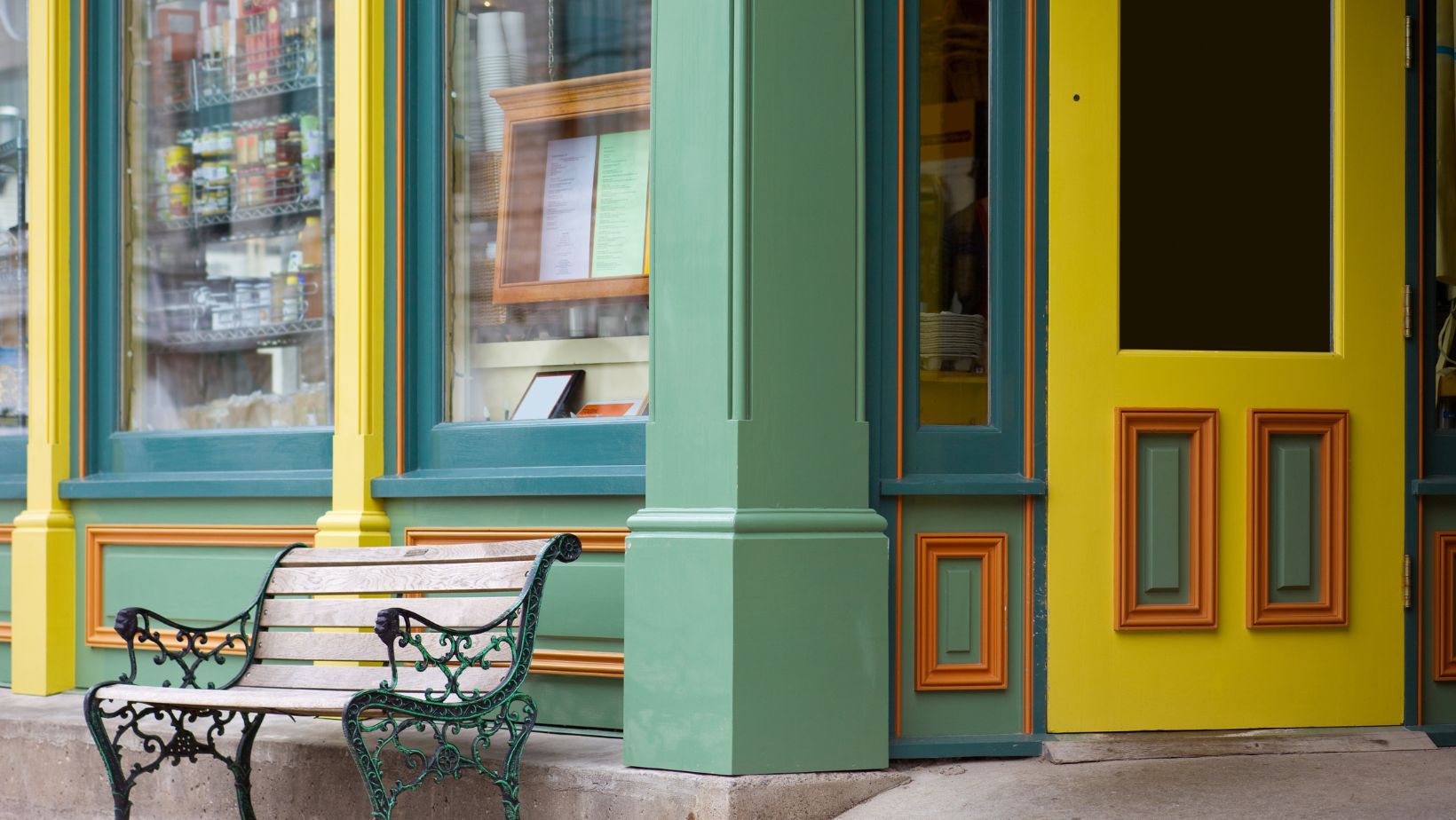 In an increasingly interconnected world, the concept of “buying green” has moved far beyond the simplistic act of choosing organic produce or energy-efficient appliances. Modern environmental consciousness demands a deeper scrutiny of our consumption habits, extending into areas once considered niche or immune to ecological considerations. This includes industries like music, where the journey towards sustainability doesn’t conclude when an instrument leaves the showroom. True commitment to a greener lifestyle necessitates a holistic approach, recognizing that every purchase, every choice, and every habit contributes to our collective environmental footprint. It’s about understanding that our responsibility extends well beyond the point of sale, encompassing the entire life cycle of the products we bring into our lives and homes.
In an increasingly interconnected world, the concept of “buying green” has moved far beyond the simplistic act of choosing organic produce or energy-efficient appliances. Modern environmental consciousness demands a deeper scrutiny of our consumption habits, extending into areas once considered niche or immune to ecological considerations. This includes industries like music, where the journey towards sustainability doesn’t conclude when an instrument leaves the showroom. True commitment to a greener lifestyle necessitates a holistic approach, recognizing that every purchase, every choice, and every habit contributes to our collective environmental footprint. It’s about understanding that our responsibility extends well beyond the point of sale, encompassing the entire life cycle of the products we bring into our lives and homes.
The Ethical Instrument: Beyond Raw Materials
The traditional narrative of musical instrument creation often overlooks its environmental impact, focusing instead on craftsmanship and sound. However, many instruments rely on resources with significant ecological footprints, from exotic hardwoods sourced from vulnerable forests to metals extracted through intensive mining processes. A truly ethical instrument transcends mere raw materials; it embodies sustainable sourcing practices, potentially incorporating recycled or rapidly renewable alternatives. Transparency from manufacturers regarding their supply chains becomes paramount, allowing consumers to trace the origins of materials and ensure fair labor practices. Imagine a violin crafted from ethically harvested, certified sustainable timber, or a drum kit made with recycled metals. This conscious shift in production, exemplified by a truly Green Music store committed to such principles, challenges the industry to innovate and provide instruments that are not only sonically superb but also environmentally responsible, promoting a deeper harmony between art and nature.
The Conscious Retailer: What to Look for in a Music Store
Identifying a truly “green” music store goes far beyond simply reviewing its product catalog. It involves scrutinizing the operational ethos of the establishment itself. A genuinely conscious retailer integrates environmental responsibility into every facet of their business. This means evaluating the energy efficiency of their physical building, from lighting to heating and cooling systems, and assessing their commitment to robust waste reduction and recycling programs for everything from packaging materials to old instrument parts. Furthermore, a truly green music store often engages actively with its community, offering educational initiatives that promote sustainable practices among musicians and consumers. Supporting such businesses means aligning your purchasing power with an organization that values environmental stewardship as much as it values musical artistry, demonstrating that a commitment to sustainability can harmoniously coexist with commercial success.
Digital Pianos: A Sustainable Alternative to Acoustic?
The rise of digital pianos presents an intriguing discussion point in the quest for sustainable musical choices. Unlike their acoustic counterparts, which often require significant amounts of specialized hardwoods, digital pianos primarily utilize electronics, plastics, and some composite materials. This inherently reduces the demand for rare timbers and the associated environmental concerns with their harvesting.
 Furthermore, digital pianos require no costly and resource-intensive tuning or constant environmental climate control, making their ongoing maintenance footprint minimal. However, their environmental impact is not entirely negligible. Considerations such as energy consumption during use and the ultimate disposal of electronic components (e-waste) become relevant. When comparing models like Yamaha CLP vs CSP, for instance, discerning consumers might look into the energy efficiency ratings, the use of recycled plastics in their construction, or the manufacturer’s take-back programs for end-of-life products. The challenge lies in ensuring responsible production and end-of-life management to maximize their “green” advantage.
Furthermore, digital pianos require no costly and resource-intensive tuning or constant environmental climate control, making their ongoing maintenance footprint minimal. However, their environmental impact is not entirely negligible. Considerations such as energy consumption during use and the ultimate disposal of electronic components (e-waste) become relevant. When comparing models like Yamaha CLP vs CSP, for instance, discerning consumers might look into the energy efficiency ratings, the use of recycled plastics in their construction, or the manufacturer’s take-back programs for end-of-life products. The challenge lies in ensuring responsible production and end-of-life management to maximize their “green” advantage.
Beyond the New Purchase: Extending the Life Cycle
Embracing a green ethos in the music world extends well beyond the initial purchase; it fundamentally involves maximizing the lifespan of instruments and accessories. A genuinely sustainable approach champions the maintenance and repair of existing instruments over the immediate impulse to buy new. This commitment to longevity directly reduces demand for new production and conserves precious resources. Furthermore, the robust secondhand market for musical instruments, including consignment shops and online platforms, plays a crucial role in creating a circular economy, giving instruments a second life and preventing them from prematurely ending up in landfills. Donating instruments to schools or community programs also contributes significantly to this cycle of reuse and shared resources. By prioritizing repair, reuse, and responsible disposal, musicians can collectively reduce their environmental footprint, fostering a culture where craftsmanship and durability are valued as much as novelty, making “reduce, reuse, recycle” a harmonious mantra for every musician.
Conclusion
Ultimately, buying green in the world of music is not a singular transaction, but a continuous journey of conscious choices and evolving habits. It’s about recognizing that our passion for music needn’t come at the expense of the planet. By embracing the principles of ethical instrument sourcing, supporting truly green music store operations, thoughtfully considering alternatives like digital pianos (weighing factors like Yamaha CLP vs CSP in terms of their environmental footprint), and extending the life cycle of our instruments through repair and reuse, we contribute to a more sustainable future. This holistic approach fosters a healthier planet and cultivates a more mindful, responsible artistic community. The harmony we seek in our music can, and should, mirror the harmony we strive for with the natural world.




 The way we experience and navigate our living and working spaces is profoundly influenced by the architectural elements that define them. Sliding doors, in particular, have emerged as transformative features, offering a blend of functionality and aesthetic appeal. They are not merely dividers but dynamic elements that shape the flow of space and light.
The way we experience and navigate our living and working spaces is profoundly influenced by the architectural elements that define them. Sliding doors, in particular, have emerged as transformative features, offering a blend of functionality and aesthetic appeal. They are not merely dividers but dynamic elements that shape the flow of space and light.  For example, frosted glass provides privacy while still allowing light to pass through. In commercial settings, glass sliding doors are used to create flexible meeting spaces and offices, while in residential settings, they are popular for patio doors and interior partitions. The ability to seamlessly connect indoor and outdoor spaces is a significant advantage of glass sliding doors.
For example, frosted glass provides privacy while still allowing light to pass through. In commercial settings, glass sliding doors are used to create flexible meeting spaces and offices, while in residential settings, they are popular for patio doors and interior partitions. The ability to seamlessly connect indoor and outdoor spaces is a significant advantage of glass sliding doors.
 Establishing a realistic budget upfront is paramount, serving as the foundational blueprint for all subsequent decisions. This involves openly discussing financial expectations and limitations with every group member, ensuring everyone understands the various cost components: transportation, accommodation, activities, and meals. Transparency at this initial stage prevents misunderstandings and fosters a sense of shared responsibility.
Establishing a realistic budget upfront is paramount, serving as the foundational blueprint for all subsequent decisions. This involves openly discussing financial expectations and limitations with every group member, ensuring everyone understands the various cost components: transportation, accommodation, activities, and meals. Transparency at this initial stage prevents misunderstandings and fosters a sense of shared responsibility. Exploring diverse options is key. Beyond individual cars, the advantages of charter buses for large groups are considerable, offering comfort and efficiency. For example, when organizing an event in the Windy City, partnering with reliable bus companies in Chicago becomes a crucial consideration. Factors such as their safety records, vehicle maintenance standards, driver professionalism, and punctuality are paramount. A reputable provider ensures a seamless journey, allowing the group to relax and focus on the purpose of their trip rather than logistical worries. Establishing clear contracts and having contingency plans with chosen providers further safeguards against unexpected disruptions, making the travel aspect of the journey as smooth as possible.
Exploring diverse options is key. Beyond individual cars, the advantages of charter buses for large groups are considerable, offering comfort and efficiency. For example, when organizing an event in the Windy City, partnering with reliable bus companies in Chicago becomes a crucial consideration. Factors such as their safety records, vehicle maintenance standards, driver professionalism, and punctuality are paramount. A reputable provider ensures a seamless journey, allowing the group to relax and focus on the purpose of their trip rather than logistical worries. Establishing clear contracts and having contingency plans with chosen providers further safeguards against unexpected disruptions, making the travel aspect of the journey as smooth as possible.
 1win app
1win app Additionally, while the platform offers a wide variety of games and betting options, some users may find that certain niche markets or specialized gaming categories are underrepresented. Finally, the account verification process, although necessary for security, can sometimes delay withdrawal requests if all required documents are not provided promptly.
Additionally, while the platform offers a wide variety of games and betting options, some users may find that certain niche markets or specialized gaming categories are underrepresented. Finally, the account verification process, although necessary for security, can sometimes delay withdrawal requests if all required documents are not provided promptly.















